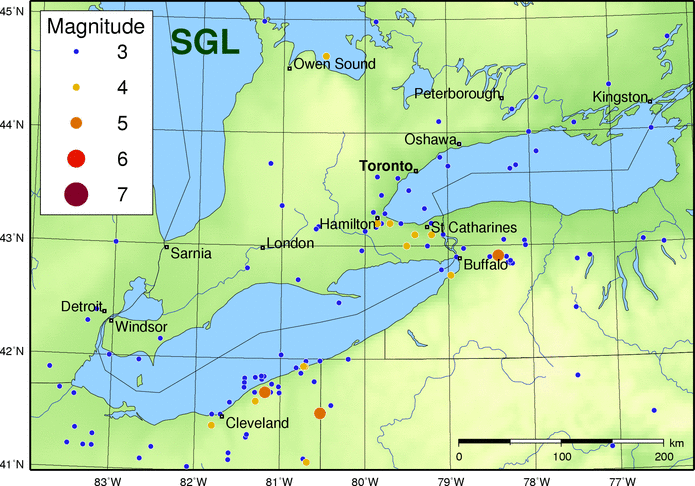Someone should show that Rome example to the Royal Orchard ratepayers

I'm trying to hold a few thoughts in my head at the same time:
-Yes, it's absurd this small group got it changed.
-But it's not really that big a change and certainly not the big change the small group thought they deserved.
-It's still a net gain vs. Option 1 in pretty much every respect.
-The media spin on it (suburban homeowners appeased by Province, who won't do the same for Toronto residents) isn't entirely fair.
-I empathize with people who are worried that there's a subway under their neighbourhood and who are getting scary letters in the mail now.
-But I'm not impressed with their hyperbole (eg Does Metrolinx provide counselling services?) or their apparent belief that anything short of doing exactly what they want means they were ignored or that it was the wrong decision.
-I'm not impressed with the posturing of Lantsman or other pols who have no direct bearing on the decision, but who get to stand there and say they're just plain not impressed.
-In a way this is a best case scenario in that by adjusting the route, Metrolinx shows they listened to residents and if 20 of them are still unhappy, too bad. Likely the cost is negligible and if it's more, well, that's the cost of living in a democracy where we consult (perhaps to a fault) and have to follow certain processes.



